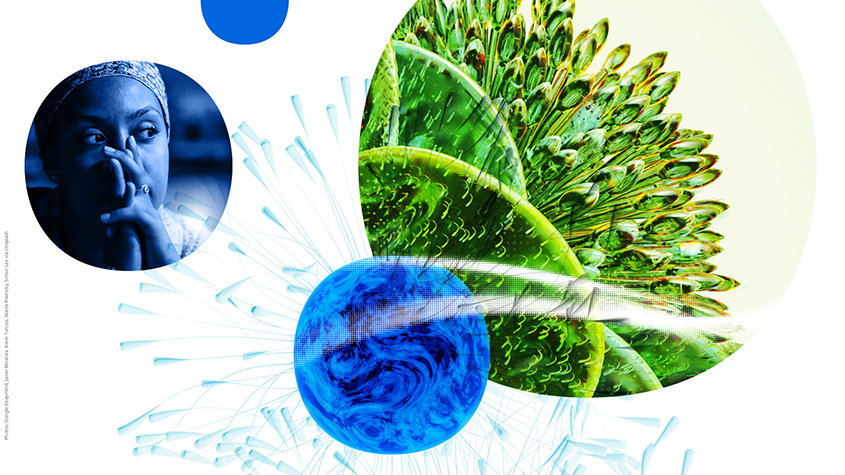Science and Technology Cluster Ranking 2023
The Science and Technology (S&T) Cluster ranking of the Global Innovation Index identifies local concentrations of world-leading science and technology activity. S&T clusters are established through the analysis of patent-filing activity and scientific article publication, documenting the geographical areas around the world with the highest density of inventors and scientific authors.
WIPO locates and ranks science and technology clusters through a geocoding method, mapping addresses and names pulled from documents to 96% accuracy. Find out more about the S&T Cluster methodology.
